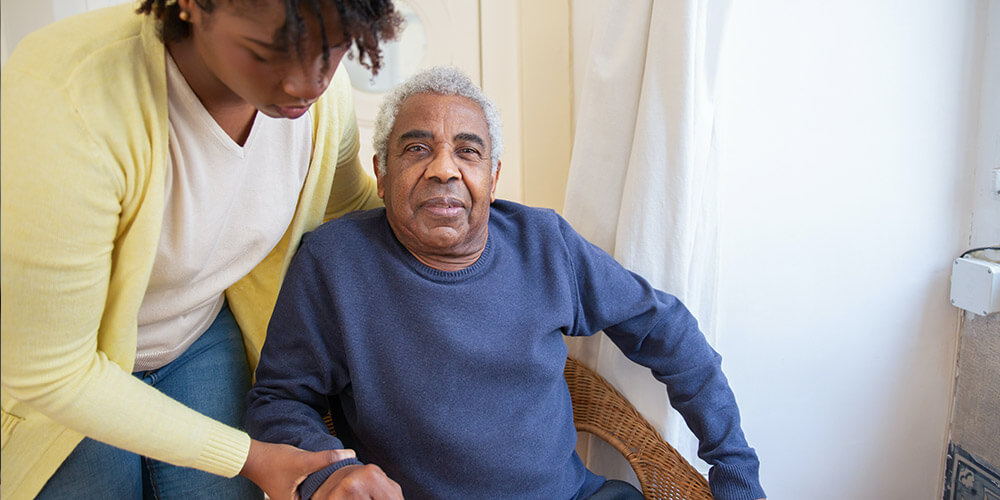Mobile technology adoption is at the top of the list of things to do as a part of transitioning to VBP. It's apparent that technology will be required to manage VBP at all levels of home care, including caregivers. Agencies will need to implement the right software designed to track patient care and demonstrate the value of care they've delivered.
Technology-Based Processes
A seamless flow of data, analytics, and reporting will be vital. No longer will paper-based reporting suffice and will very likely cause problems for VBP caregivers. Home health agencies will need to use technology to:
- Gather real-time data
- Create new analytics
- Track performance
- Understand reporting needs
- Take advantage of predictive analytics
Tracking Performance Metrics
The most challenging part will be for agencies to figure out how to track quality based on their VBP setup. Quality performance metrics will be built into the payment system. These may include metrics for home health usage (e.g., number of patients admitted to the hospital) and patient's quality of life (e.g., chronic pain, depression).
Caregiver Reporting Requirements
Making the transition from FFS to VBP won't be easy and will take many years. This will put pressure on providers and cause them to be ready to run with VBP. As a result, paid caregivers like home health aides (HHAs) or personal care attendants (PCAs), must be comfortable with the technology they'll be using. All caregivers will be required to know how to use technology to:
- Identify changes in conditions
- Report outcomes using the agency or VBP-specific system
There are a number of options, including cloud-based platforms that cater to home health, such as Vesta Healthcare, EmmaCare, HHAeXchange, AlayaCare, and more.
Sources:

